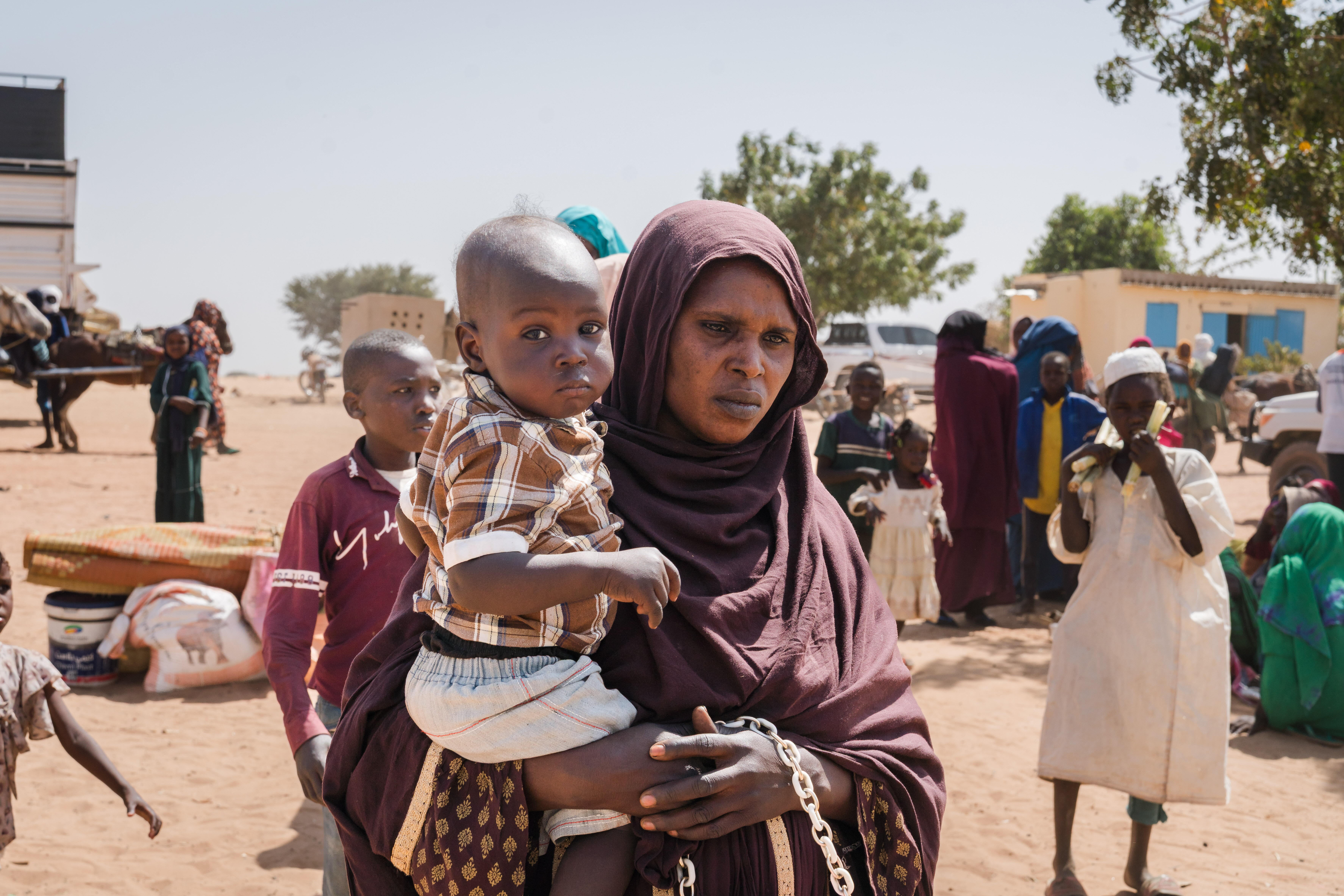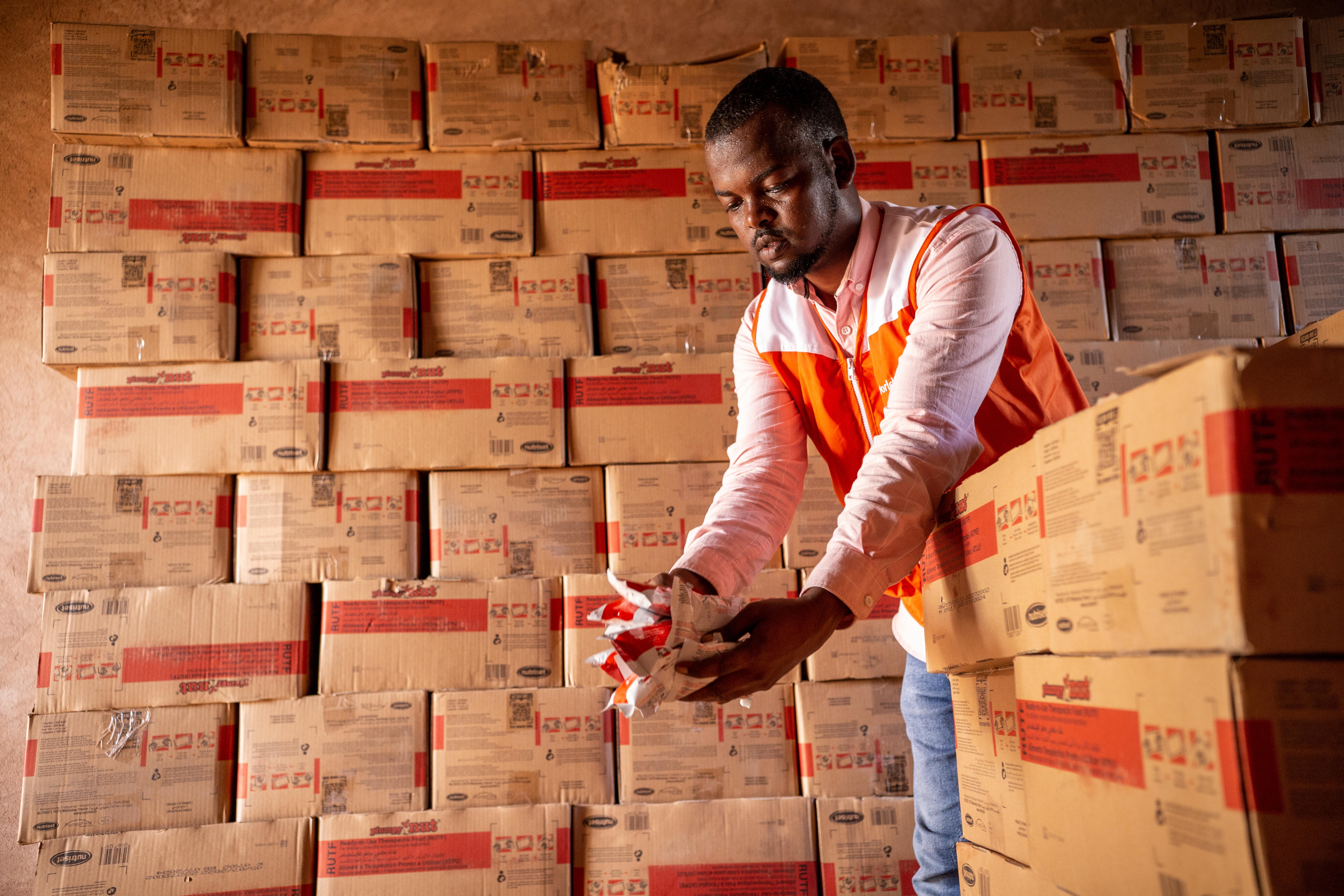#ActForHumanity
This World Humanitarian Day, we continue to honour the aid workers who save lives and bring hope to millions in need. From child protectors in South Sudan to cargo controllers in Myanmar, they are the lifelines for children and families in crisis. But today, those lifelines are fraying.
In 2024, the deadliest year for humanitarian workers in recorded history, 383 humanitarian workers were killed across 20 countries.
At the same time, across the globe, humanitarian funding is being slashed. Governments are cutting aid budgets just as needs continue to rise. Food for emergencies is drying up. Children vulnerable to conflict and abuse are going unprotected. Health clinics are closing. Crisis stats are spiking. In South Sudan, 97% of families report going a full day and night without food. In fragile contexts, children are now eight times more likely to be forced into labour and six times more likely to be married early.

Hunger, Harm, and Hard Choices
Global food insecurity is worsening due to conflict, climate change, and economic shocks, with 295 million people facing acute hunger by end of 2024. Displaced families are especially at risk, yet humanitarian funding is critically low. A joint study by World Vision and WFP across 13 crisis zones highlights the severe impact of reduced food aid on nutrition, education, child protection, and health.
Despite the changing humanitarian funding landscape, which is affecting life-saving programmes and millions of people across 40 countries, World Vision humanitarians are not giving up.
Humanitarian workers are not collateral damage or statistics. We are workers — nurses, drivers, teachers, engineers, storytellers — and our safety is not optional.
Unsung heros
Humanitarian Impact
This is what World Vision aid has done in 2024:
